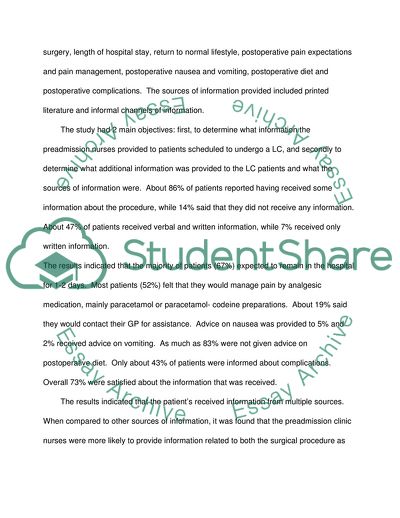Cite this document
(Critique of Article about Adult Nursing Coursework, n.d.)
Critique of Article about Adult Nursing Coursework. https://studentshare.org/nursing/1706519-writing-a-critique-of-a-research-article-adult-nursing
Critique of Article about Adult Nursing Coursework. https://studentshare.org/nursing/1706519-writing-a-critique-of-a-research-article-adult-nursing
(Critique of Article about Adult Nursing Coursework)
Critique of Article about Adult Nursing Coursework. https://studentshare.org/nursing/1706519-writing-a-critique-of-a-research-article-adult-nursing.
Critique of Article about Adult Nursing Coursework. https://studentshare.org/nursing/1706519-writing-a-critique-of-a-research-article-adult-nursing.
“Critique of Article about Adult Nursing Coursework”. https://studentshare.org/nursing/1706519-writing-a-critique-of-a-research-article-adult-nursing.


